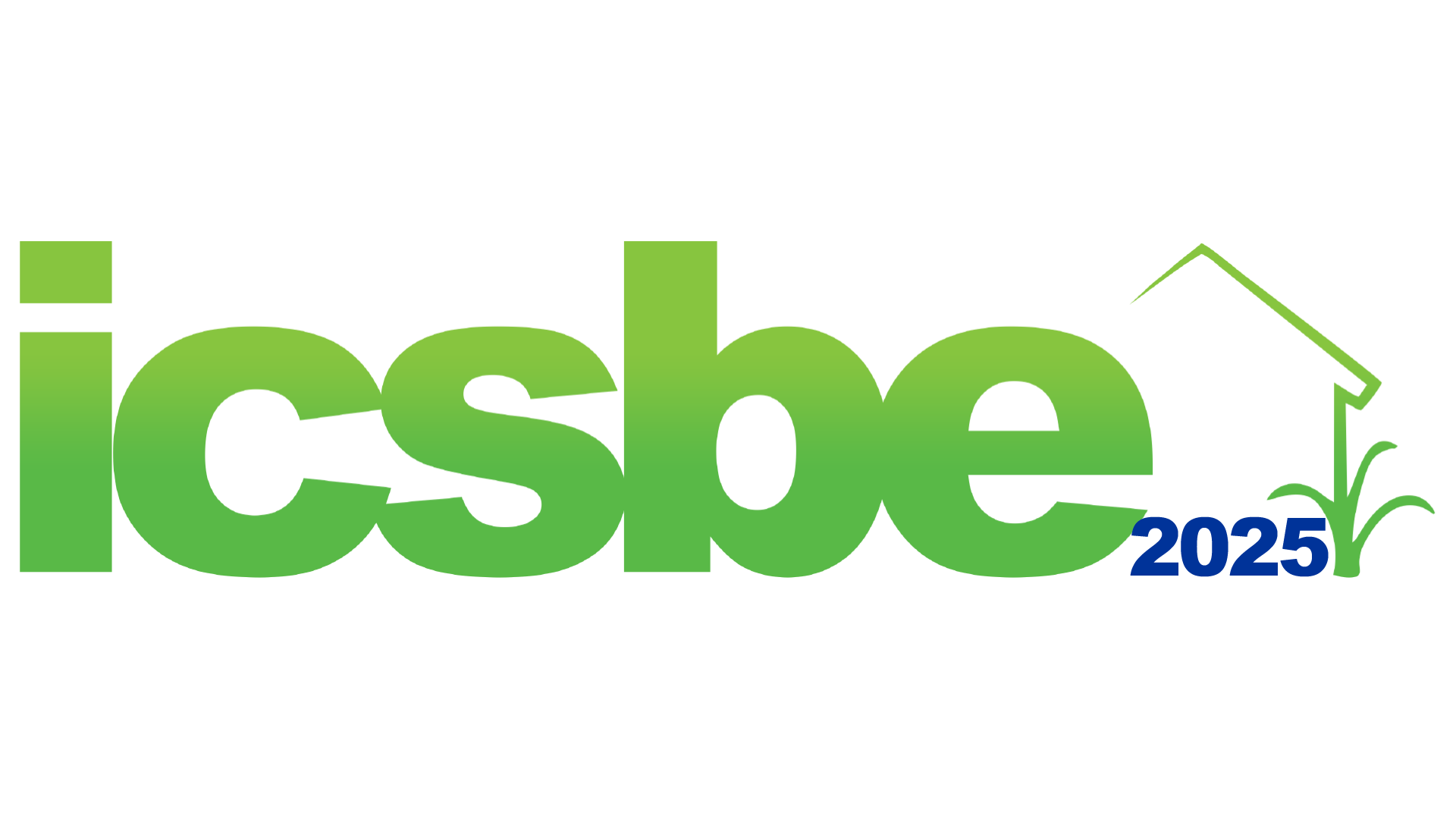THE APPLICATION OF STOCHASTIC MODEL IN CASCADE RESERVOIR OF SAGULING, CIRATA, AND JATILUHUR DAM FOR RESERVOIR STANDARD OPERATION PROCEDURE
P D K Utami[1]*, A W H Suharsono2, D Harlan2, M Farid2, F I W Rohmat2, E O Nuadagroho2, A Mardiyono3
1 Master’s Program in Water Resources Management, Faculty of Civil and Environmental Engineering, Bandung Institute of Technology, Jl. Ganesha 10 Bandung, Indonesia, 40132
2Water Resources Engineering Research Group, Study Program of Civil Engineering, Faculty of Civil and Environmental Engineering, Bandung Institute of Technology, Jl. Ganesha 10 Bandung, Indonesia 40132
3Public Company Jasa Tirta II, Jl. Lurah Kawi No. 1 Jatiluhur, Purwakarta, Jawa Barat 41152
[1]* Corresponding author’s email: [email protected]
DOI: https://doi.org/10.20885/icsbe.vol2.art20
ABSTRACT
West Java has three cascade reservoirs namely Saguling, Cirata, and Ir. H. Juanda (Jatiluhur). This research was conducted to describe water availability using the stochastic method (ARIMA with RStudio) and to simulate future reservoir operating guidelines. The operating guidelines used for these three reservoirs are based on the modified SNI Pd T-21-2004-A for three conditions, dry, normal, and wet. The 1974 – 2018 Nanjung Station historical discharge data are used. From the preliminary test results, the possible model is ARIMA (1,0,0) (1,0,1) (12) and obtained correlation value of 0.51 and NSE value of 0.084. Forecasting is done for the next 5 years. The equation = 6.4368 + 0.5593. −1 + 0.999. −12 + − 0.9723−12 is obtained and the results have not been able to describe the peak discharge. Dependable discharge is calculated for each condition. From the results of the calculation of the operating guidelines, there is a shortage in November 2020, but the available discharge is still sufficient for PJT II needs. The Jatiluhur Reservoir is hard to be full in June, so it is designed so that the reservoir will be closer to full in May. The water shortage in the calculation of the reservoir operating guidelines happens due to forecasted result that has not been able to describe the peak discharge. Although there are differences, in general the energy produced increases because the water elevation is maintained stable, and the discharge flow is not that different from data in the operating guidelines plan.
Keywords: Stochastic Model, Cascade, Reservoir
REFERENCES
Associated Consulting Engineering – ACE (PVT) LTD. 2015 Technical Report on Juanda (Jatiluhur) Reservoir Volume I – Sedimentation. Bandung: Kementerian PUPR BBWS Citarum
BBWS Citarum 2016 Rencana Pengelolaan Sumber Daya Air WS Citarum Bandung: BBWS Citarum
Departemen Permukiman dan Prasarana Wilayah 2004 Pedoman Konstruksi dan Bangunan: Pengoperasian Waduk Kaskade Berpola Listrik – Listrik – Multiguna. SNI Pd T-21-2004-A. Kementerian Permukiman dan Prasarana Wilayah.
Cita Citarum 2014 Kondisi Fisik dan Spasial Citarum.org
Mokoagow I 2012 Kajian Operasi Waduk Saguling. Bandung: Skripsi ITB
Nau R 2020 Statistical Forecasting: Notes on Regression and Time Series Analysis California Duke University
Pusat Pendidikan dan Pelatihan Sumber Daya Air dan Konstruksi 2017 Modul Operasi Waduk.Bandung Kementerian Pekerjaan Umum dan Perumahan Rakyat
Pusat Pendidikan dan Pelatihan Sumber Daya Air dan Konstruksi Pelatihan Alokasi Air Operasi Waduk Kementerian Pekerjaan Umum dan Perumahan Rakyat
Pemerintah Provinsi Jawa Barat 2019 RPMJD Jawa Barat 2018 – 2023 Peraturan Daerah Provinsi Jawa Barat Nomor 8 Tahun 2019 Bandung Jawa Barat
Shmueli G and Junior KCL 2016 Practical Time Series Forecasting With R, A Hands-On Guide. Bhutan Axelrod Schnall Publishers
Soeharno A 1992 Simulation of Hydropower Generation for The Citarum Multi-Reservoir System Using Synthetic Flows Graduated Thesis St. John’s Memorial University of Newfoundland
Tempo.co 2019 Operasi Hujan Buatan Isi Cadangan Air Waduk Kaskade Citarum Tempo Tekno
Wei WW 2006 2nd. Time Series Analysis: Univariate and Multivariate Methods (Second Edition). Boston: Pearson.
Wellyanti, B 2019 Peramalan Produk Domestik Regional Bruto (PDRB) Provinsi Bali Triwulan (Q-to-Q) Tahun Dasar 2010 dengan Model ARIMA Ekonomi Kuantitatif Terapan 63 – 72.




